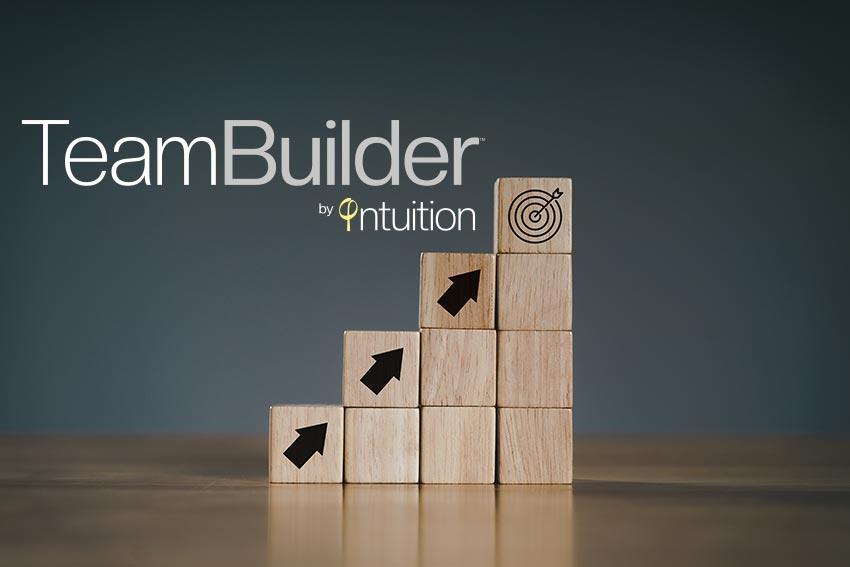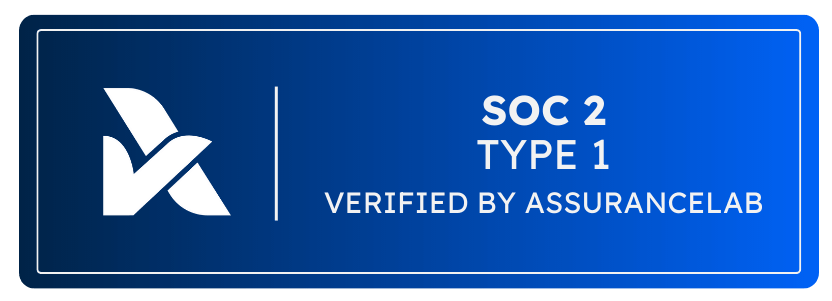As remote and hybrid work models continue to gain popularity, organizations are looking for ways to build stronger connections and maintain team cohesion across geographically dispersed teams. In this blog post, we’ll explore some strategies for building stronger connections across a hybrid workforce and how our TeamBuilder product can help organizations achieve this goal.
Establish Clear Communication Channels
Communication is key to building strong connections within a team, particularly in a hybrid work environment where team members may be physically dispersed. To establish clear communication channels, organizations can consider the following:
- Choose the right communication tools: Organizations should choose the right communication tools based on the needs of their teams. Whether it’s email, instant messaging, video conferencing, or project management software, it’s important to ensure that the tools are accessible to all team members and can facilitate effective communication.
- Establish communication norms: It’s important to establish communication norms that outline expectations for response times, appropriate use of communication channels, and etiquette for virtual meetings. Clear communication norms help team members understand what’s expected of them and promote a positive work culture.
- Encourage regular check-ins: Encouraging regular check-ins between team members can help build stronger connections and maintain team cohesion. Whether it’s a daily stand-up meeting or a weekly team check-in, regular communication helps team members stay on track and fosters a sense of community.
TeamBuilder can help organizations establish clear communication channels by providing a centralized platform for communication and collaboration. With TeamBuilder, teams can communicate via instant messaging, video conferencing, and project management tools all in one place.
Foster a Positive Work Culture
A positive work culture is essential for building strong connections and maintaining team cohesion. In a hybrid work environment, where team members may not see each other in person on a regular basis, it’s important to foster a work culture that promotes collaboration, inclusion, and mutual respect. Here are some strategies for fostering a positive work culture:
Encourage social interactions: Encouraging social interactions between team members, whether it’s through virtual team-building activities or informal virtual coffee breaks, can help build stronger connections and promote a positive work culture.
Celebrate successes: Celebrating team successes, whether it’s hitting a project milestone or achieving a business goal, helps build team morale and fosters a sense of community.
Emphasize work-life balance: Promoting work-life balance, such as by offering flexible work hours or encouraging employees to take breaks, helps reduce burnout and promotes a positive work culture.
TeamBuilder can help organizations foster a positive work culture by providing tools for virtual team-building activities, recognizing team successes, and promoting work-life balance.
Encourage Collaboration
Collaboration is essential for building strong connections and maintaining team cohesion. In a hybrid work environment, where team members may not be physically co-located, it’s important to encourage collaboration and teamwork. Here are some strategies for encouraging collaboration:
- Assign team projects: Assigning team projects encourages collaboration and helps team members work together towards a common goal.
- Promote knowledge sharing: Encouraging team members to share their knowledge and expertise promotes collaboration and helps team members learn from each other.
- Provide collaborative tools: Providing collaborative tools, such as project management software or collaborative whiteboards, helps facilitate teamwork and fosters a sense of community.
TeamBuilder can help organizations encourage collaboration by providing collaborative tools, such as project management software and collaborative whiteboards, as well as features for assigning team projects and promoting knowledge sharing.
In conclusion, building stronger connections across a hybrid workforce requires clear communication channels, a positive work culture, and a focus on collaboration. Our TeamBuilder product can help organizations achieve these goals by providing tools for communication, collaboration, virtual team-building activities, recognizing team successes, and promoting work-life balance. With the right strategies and tools in place









